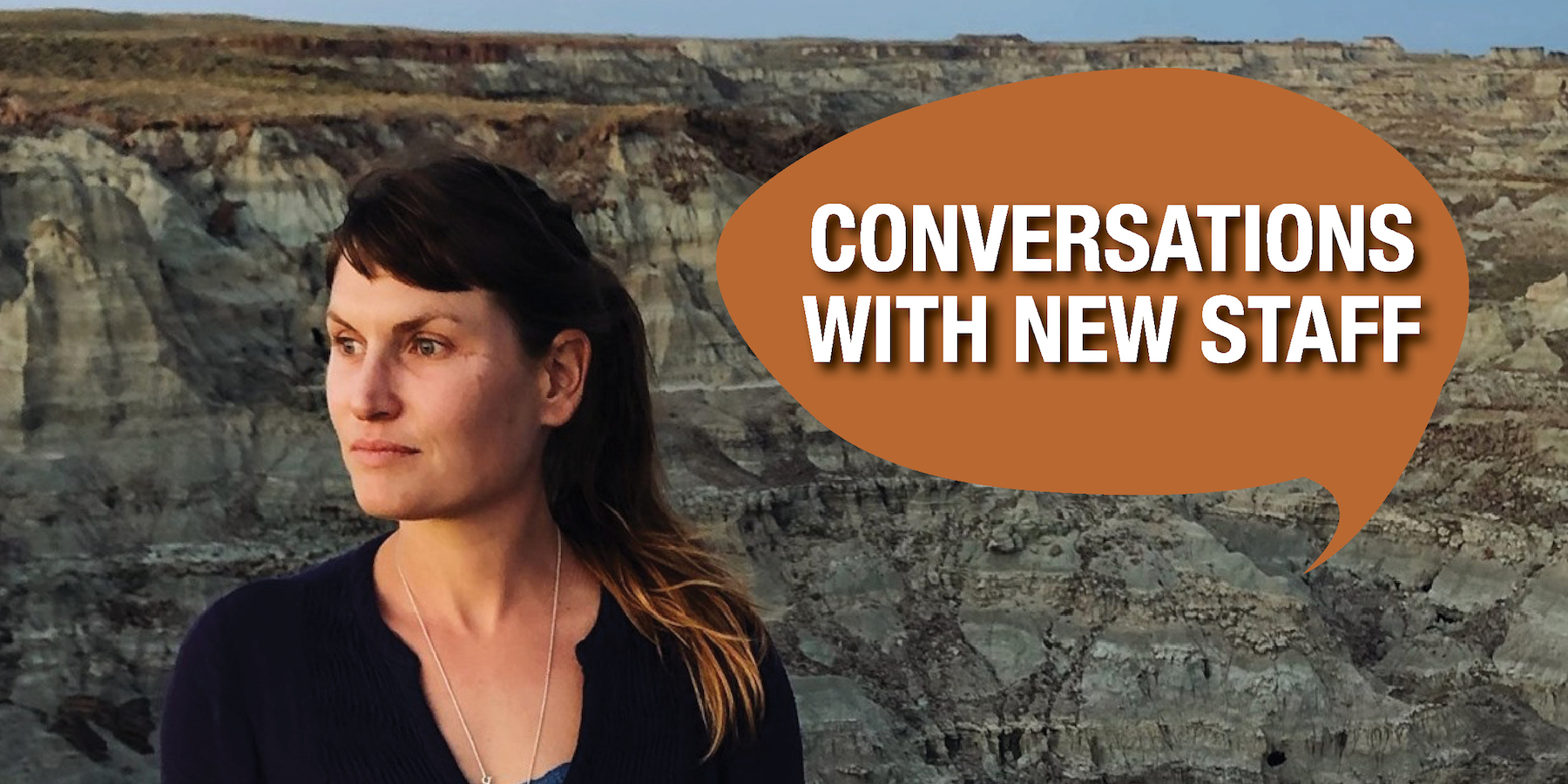Early in 2020, the Wyoming Outdoor Council became involved with Citizens for the Red Desert, a loose coalition of people from a variety of backgrounds who value Wyoming’s Red Desert and all it has to offer. At the end of the year, as the group began to coalesce further, we brought on Shaleas Harrison to serve as its coordinator. Harrison is a native of northwest Wyoming, an educator, and a former staff member of the Wyoming Wilderness Association who brings a deep knowledge of, and respect for, the Red Desert.
After a few weeks on the job, here’s what Harrison had to say.
Tell us a little about yourself
I grew up on a small, multi-generational farm in northwest Wyoming growing beans and barley, so I feel I have an intimate connection to Wyoming landscapes and the people that live and work here. I studied molecular biology and chemistry for my undergraduate degree and completed my master’s in natural science and environmental policy at the University of Wyoming. My graduate research revealed how people came together to overcome complex socioeconomic, cultural, and political problems of land management in Wyoming. I am also a teacher — connecting people to nature and using nature as a teaching tool. I worked as a teacher on the Wind River Indian Reservation and taught physics, biology, and chemistry in Saratoga and in Baja California, Mexico. My favorite place is Adobe Town in the Red Desert, and I am so excited to be applying all my passion and abilities as the coordinator of Citizens for the Red Desert!
What do you love about Wyoming’s outdoors?
There aren’t too many places you can go in this world and still hear the cry of a wolf and bump into a grizzly bear on a trail on the same day. I also have a deep connection to our desert lands. The colors, lines, and textures have a way of cleansing the mind. Wyoming’s intact wild landscapes are our most precious and valued resource.
Your new position revolves entirely around the Red Desert. Why is the desert special to you?
Like many deserts, it’s a place that is underappreciated and not well trafficked. It’s a place you can go and not have to book a reservation or worry about your favorite place being “full.” There aren’t any campgrounds, and you can shoot guns or ride your dirt bike or let your dogs roam, without bothering anyone. I like that about deserts. You can escape the riffraff of towns and even the tourists. While they stick to the mountains, I’m perfectly happy in the desert, even in the middle of July. The vast vistas clear your mind; they teach us things. One has to spend loads of time there to really feel its power, and the Red Desert is powerful and full of so much beauty. It feels right being here and trying to make sure it stays that way.
What excites you about working with Citizens for the Red Desert?
So many people for so many years have fought hard to ensure the Red Desert is protected. I really believe this is my calling and a way to give back to Wyoming, the place that has given me so much.

